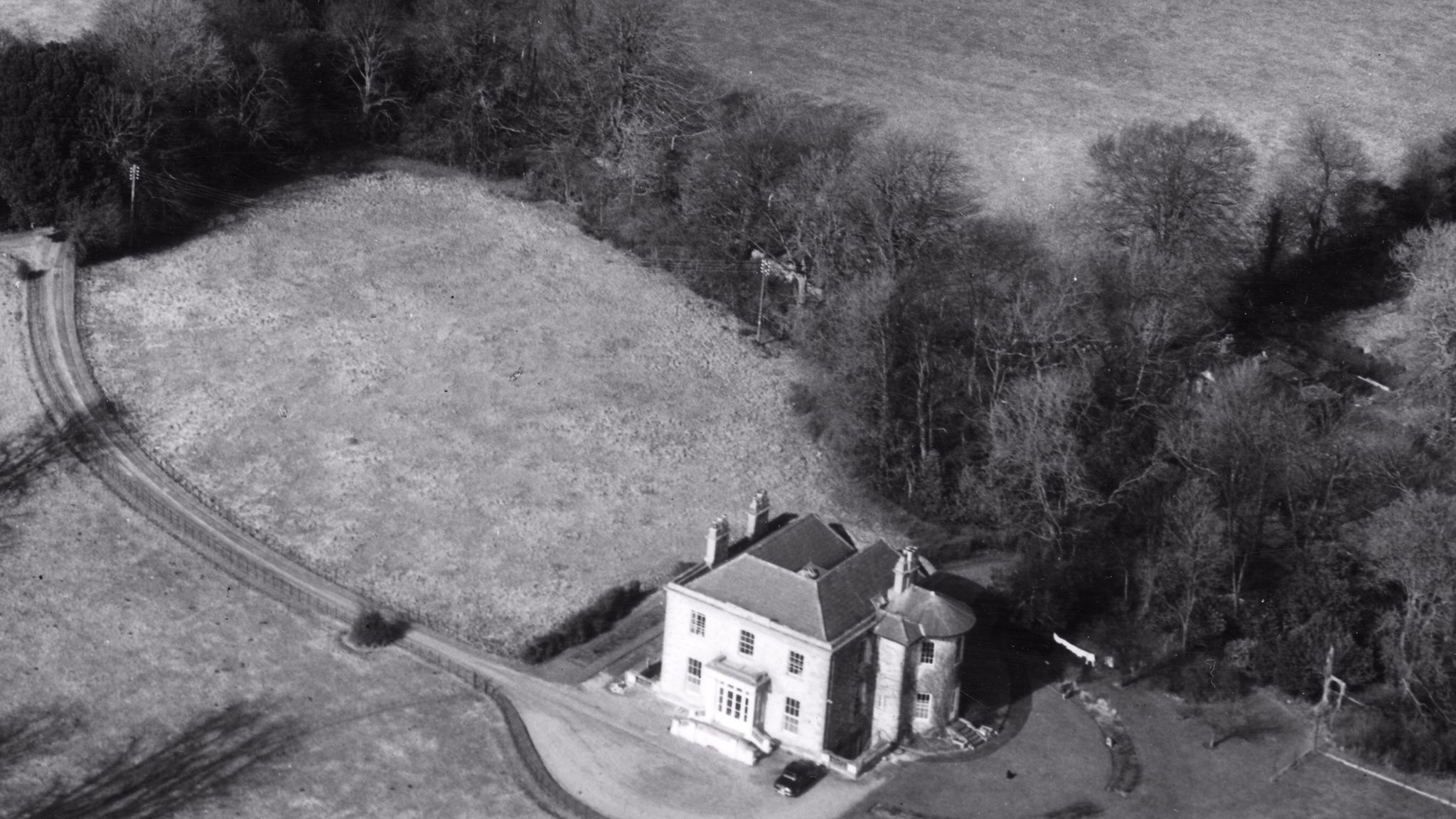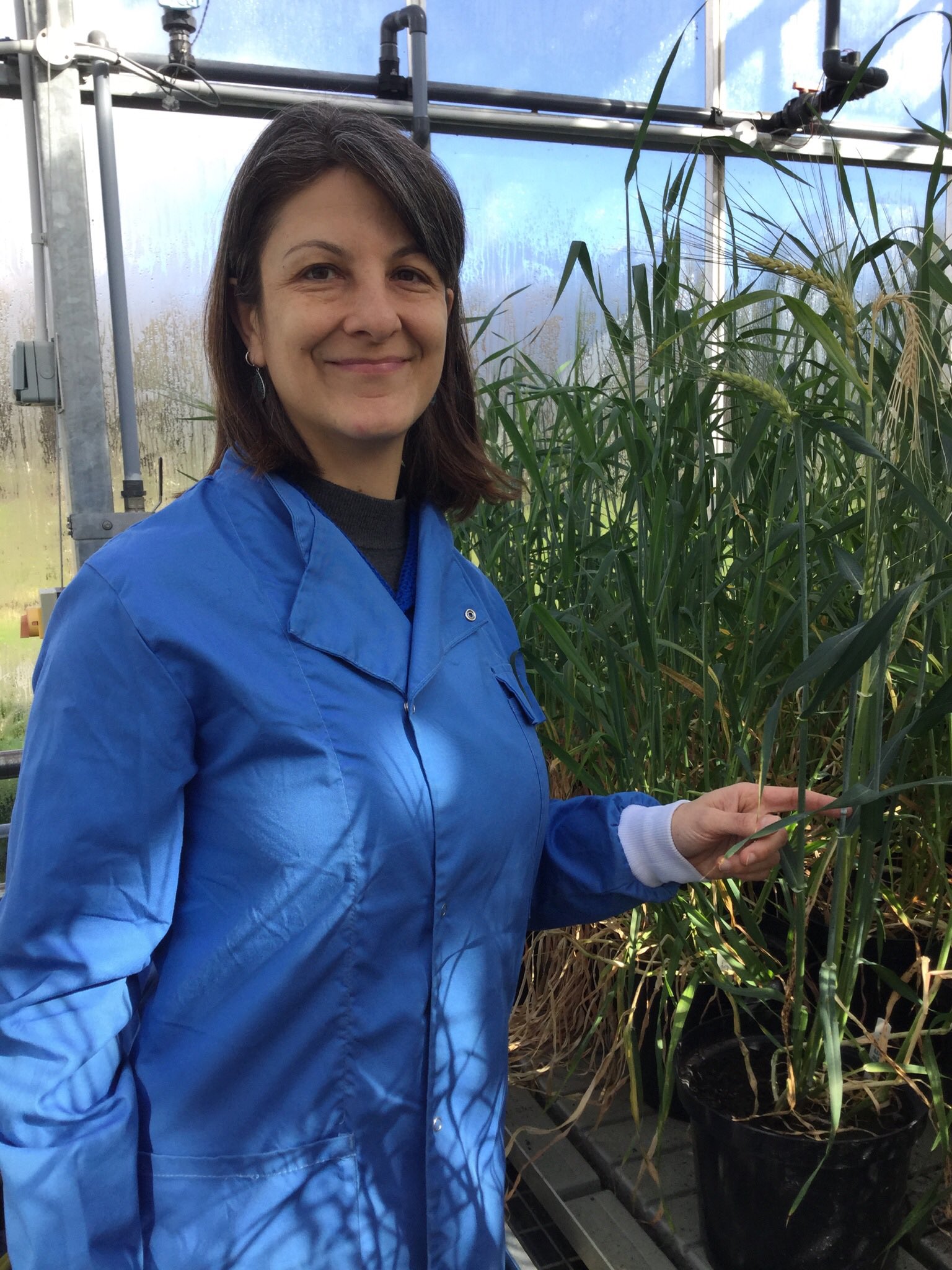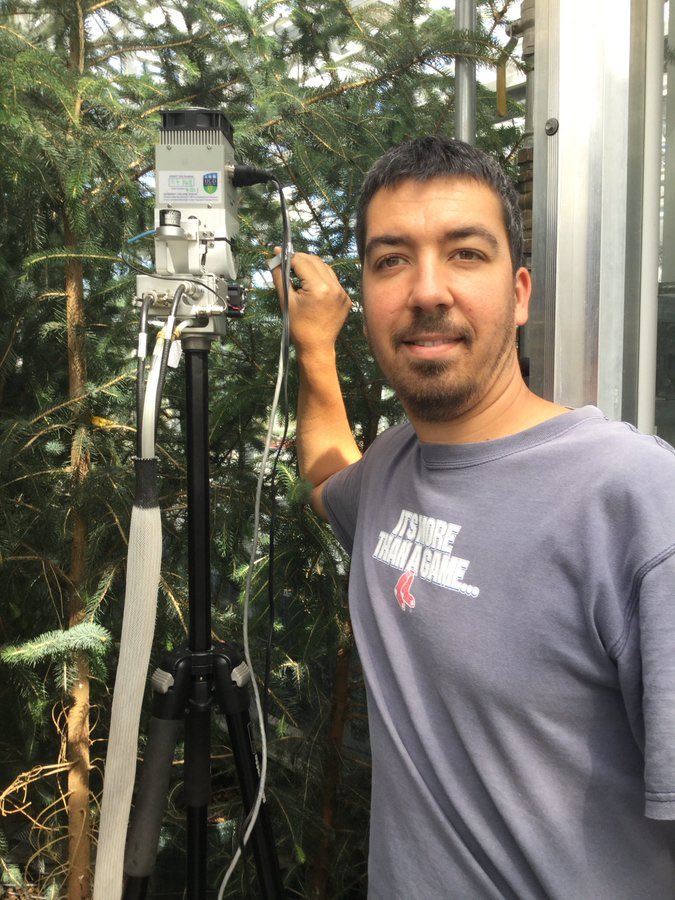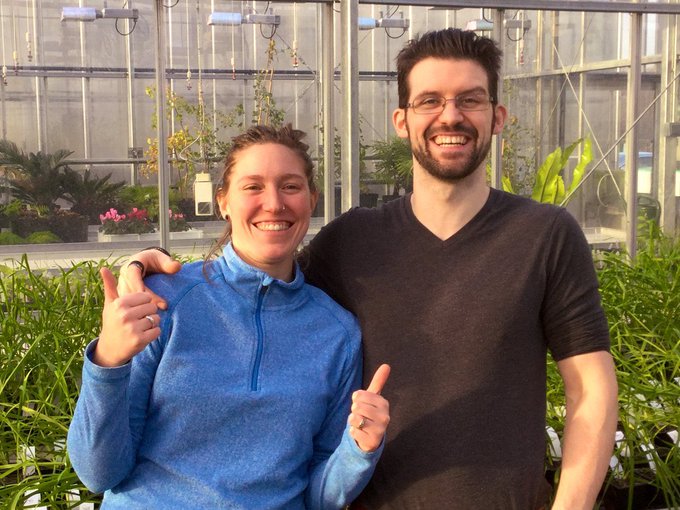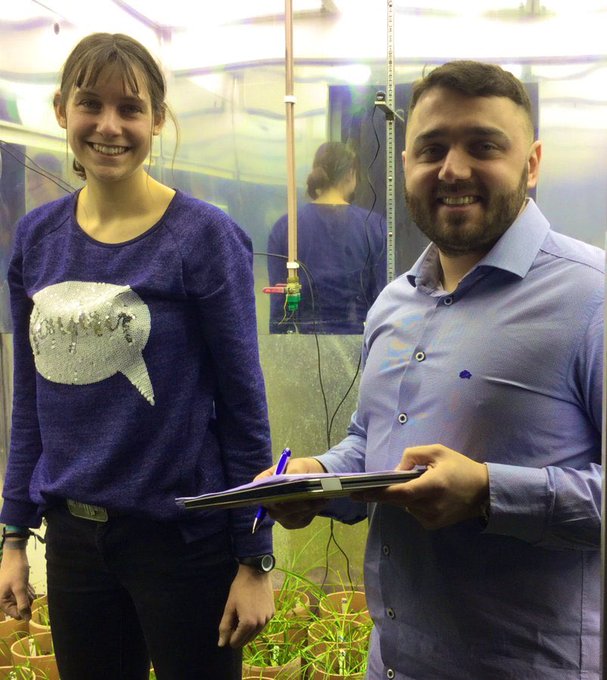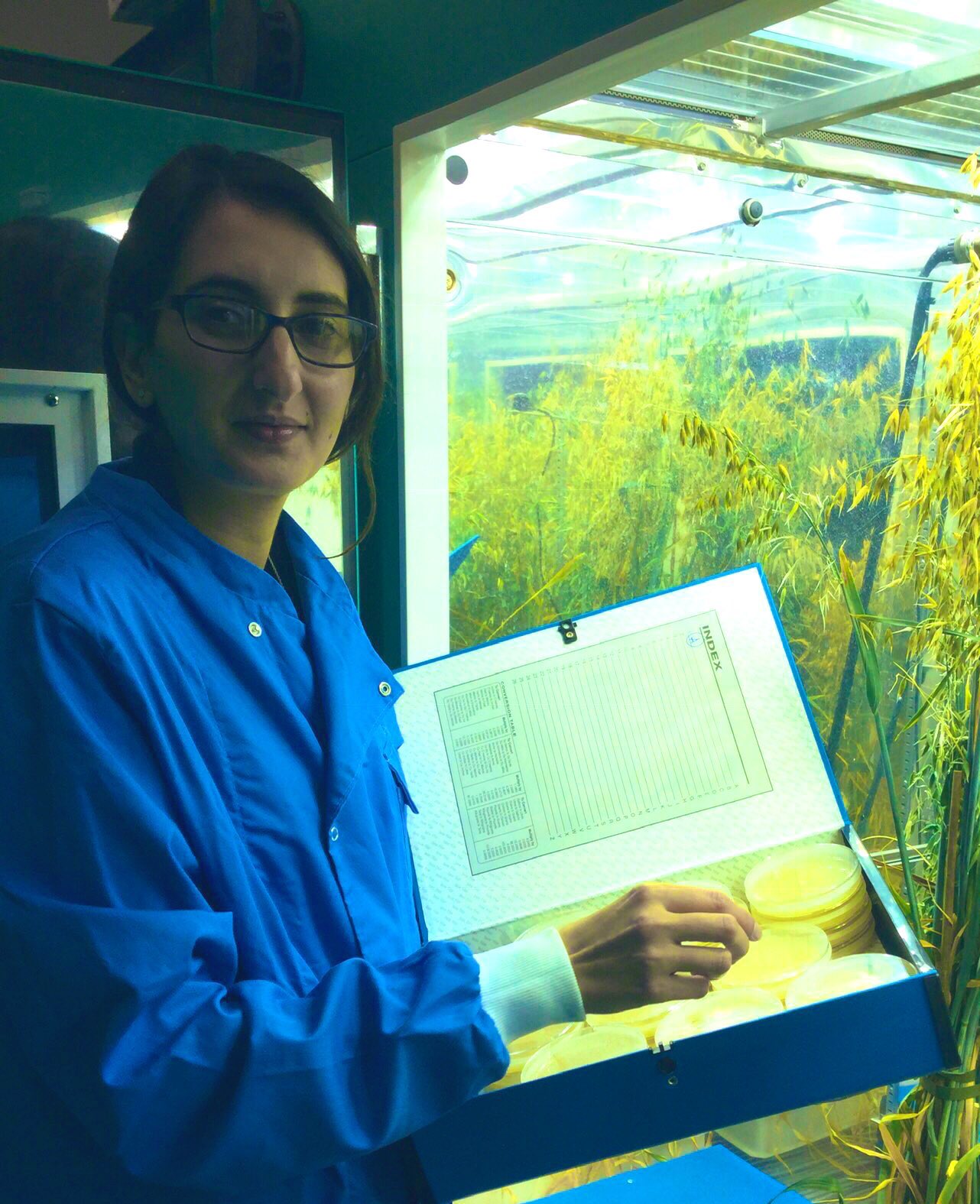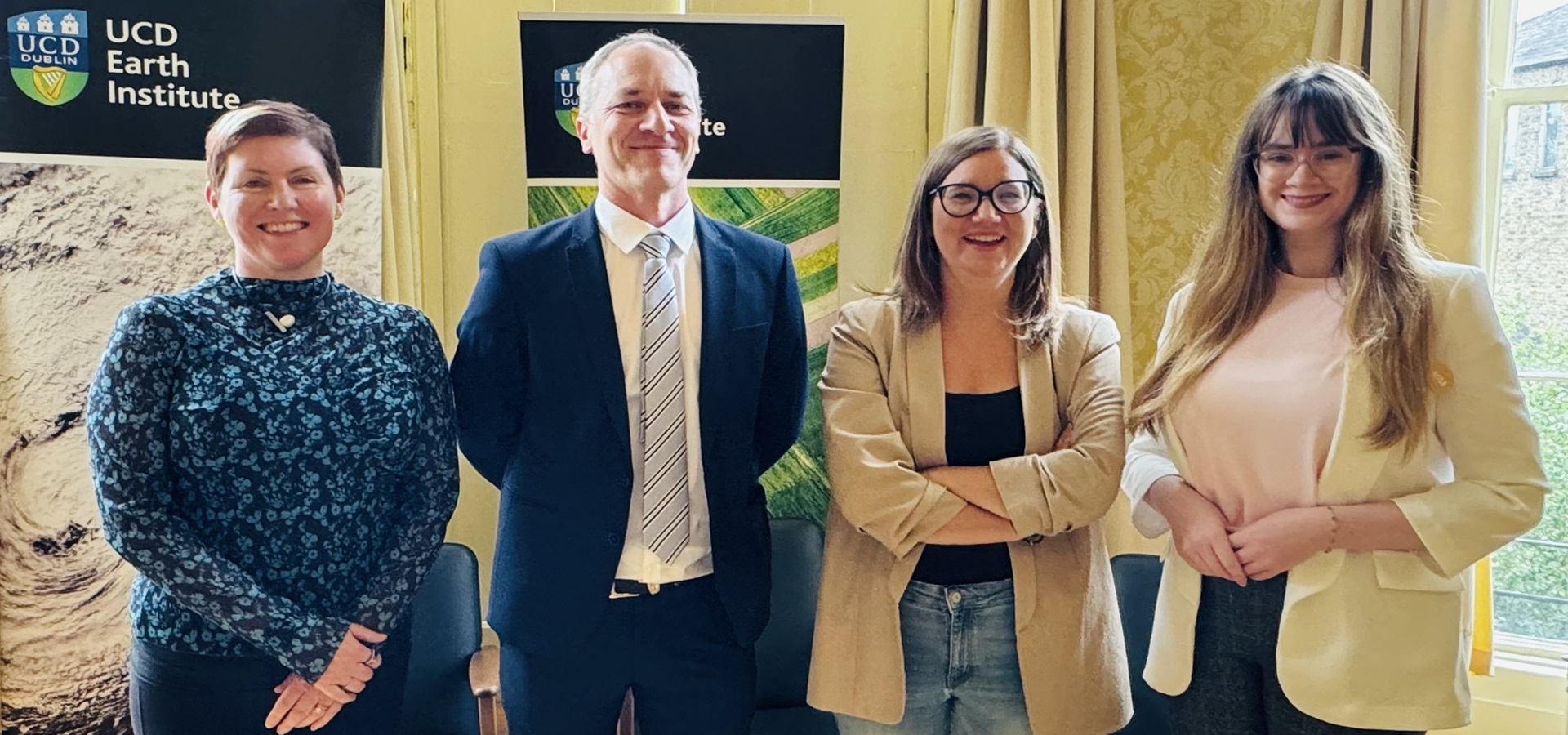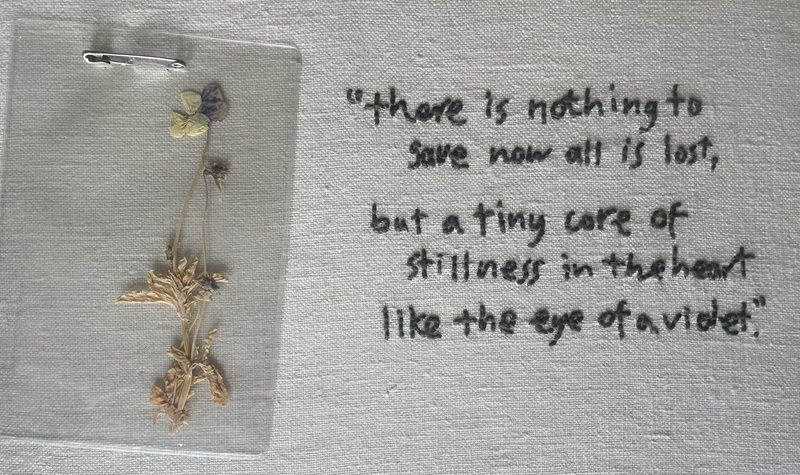Led by Bredagh Moran, explore the highlights of the Rosemount Environmental Research Station - from the Lamb-Clarke Heritage Apple Collection to the state-of-the-art research facilities. A centre for teaching and learning, cutting edge research and summer-time BBQs, Rosemount is always a hive of activity!
UCD Rosemount Environmental Research Station
As you come through the front gates and look to your left through the trees, imagine this was the entrance to the original Rosemount House, a 16 roomed villa built for Richard Corballis Esq. in 1793. It remained in the family until 1982, when UCD acquired the house and 18 acres.
 | 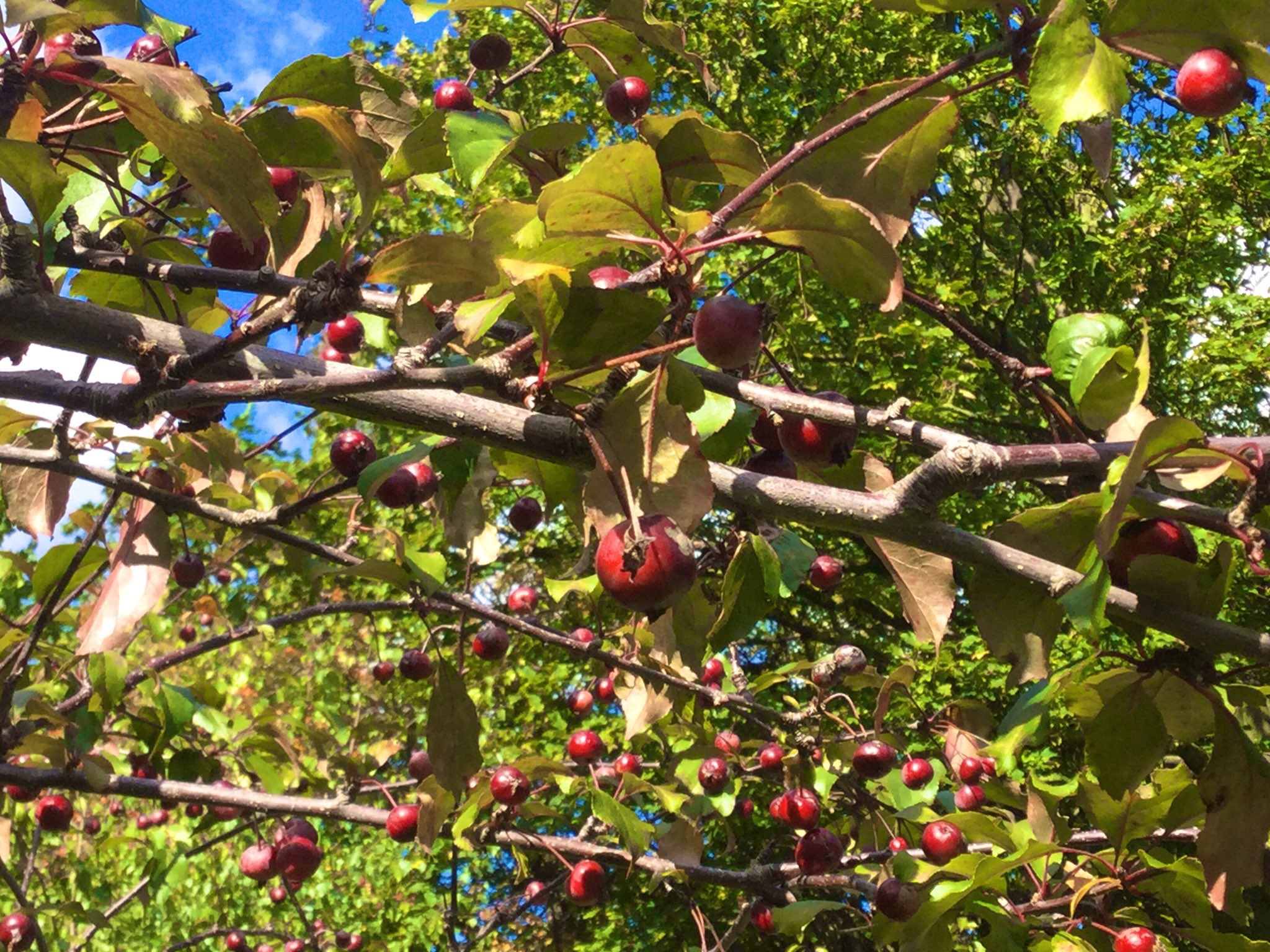 |
|---|
As we walk down the avenue, notice Malus sylvestris in resplendent form. Known as ‘Nobles of the Woods’ and protected under Brehon Law, these native crab apples make excellent pollination partners for other Malus species and offer a food larder for overwintering wildlife...
 | 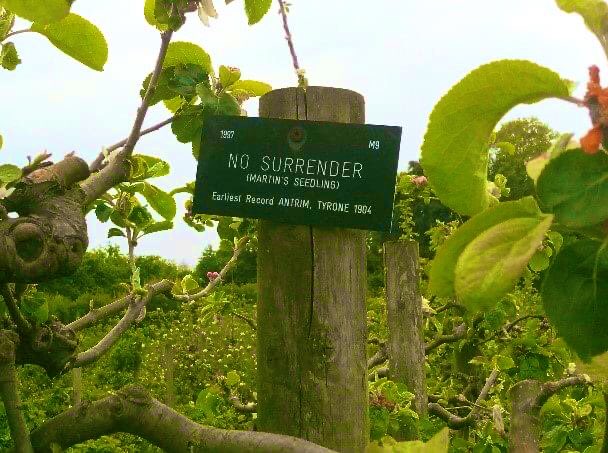 |
|---|
Now the Lamb Clarke Historic Irish Apple Collection comes into view. Started as a PhD thesis in the 1940’s, J.G.D Lamb, known as Keith, travelled around the country on his bike identifying, collecting and cultivating 53 native apple varieties such as Irish Pitcher, Munster Tulip and Greasy Pippin
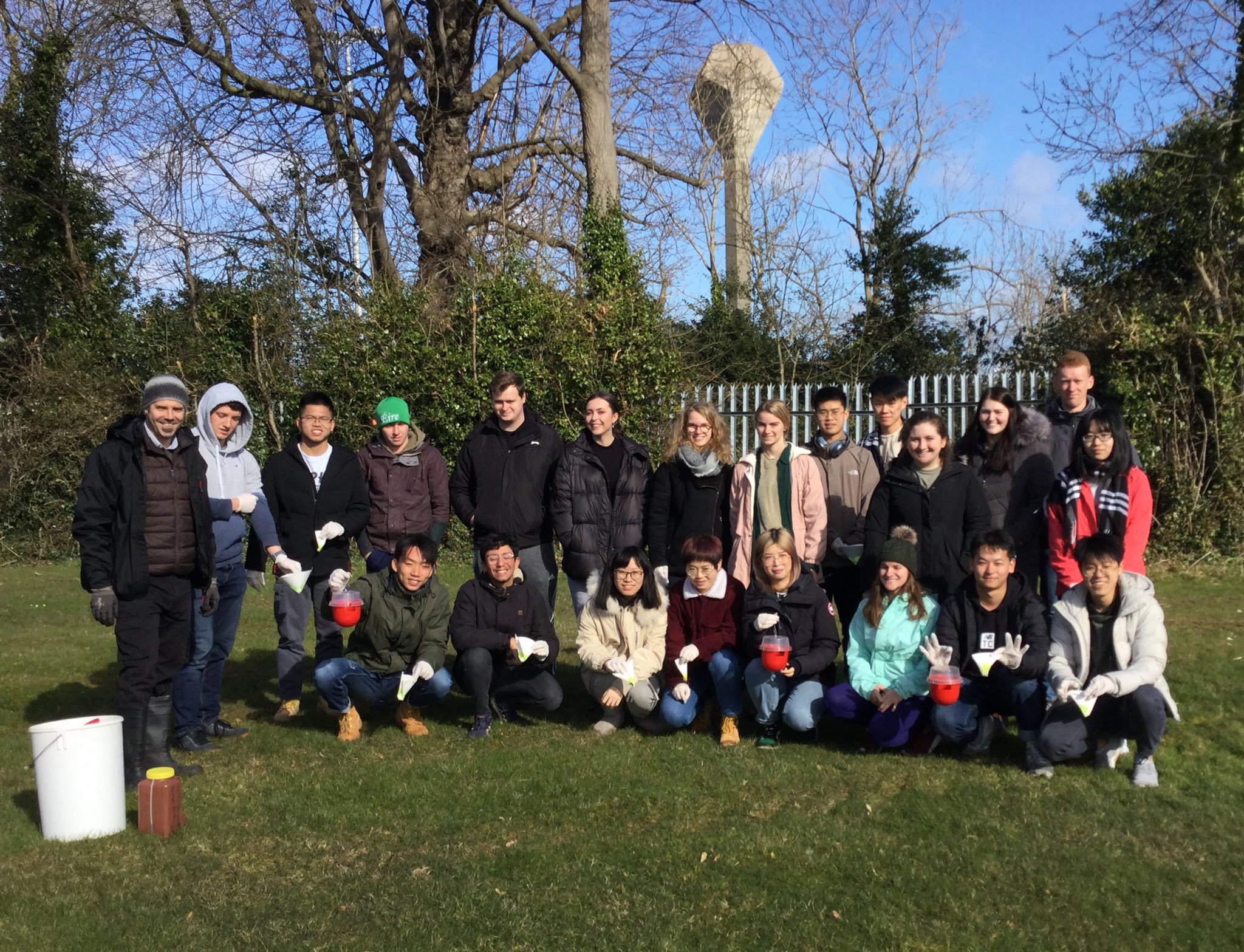 | 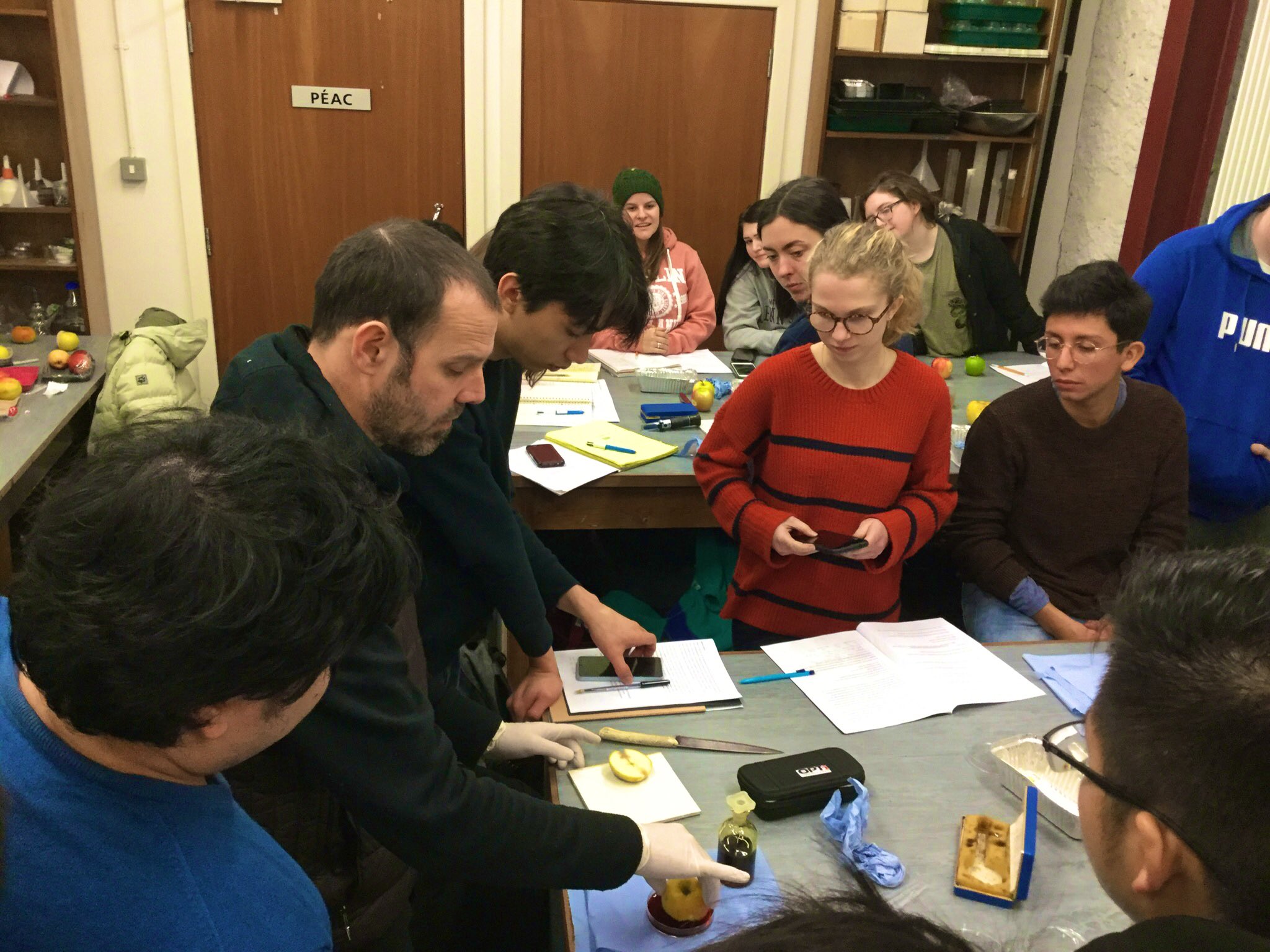 |
|---|
E.J. Clarke continued this research while Prof. Michael Hennerty curated the collection you see now. Today, the orchard is a fabulous resource used for both teaching and research purposes. Pomology students learn the intricacies of orchard management from our horticulturist David Brogan and Caroline E. Kingston...
... While Dara Stanley and her team are interested in both wild and managed pollinators and their importance to Irish Natural Capital. They elucidate the effects of fungicides, pesticides and herbicides on the bees behaviour.
Our wildlife conservation management students are keen bird watchers and with Barry McMahon they collate data on our feathered friends!
In addition, the orchard and grounds offer an ecological treasure trove for biogeography and field ecology students keen to learn about fieldwork skills and invasive species.
Now we’re on our way to the apiary and passing the original site for Rosemount House in front of the Automatic Weather Station...
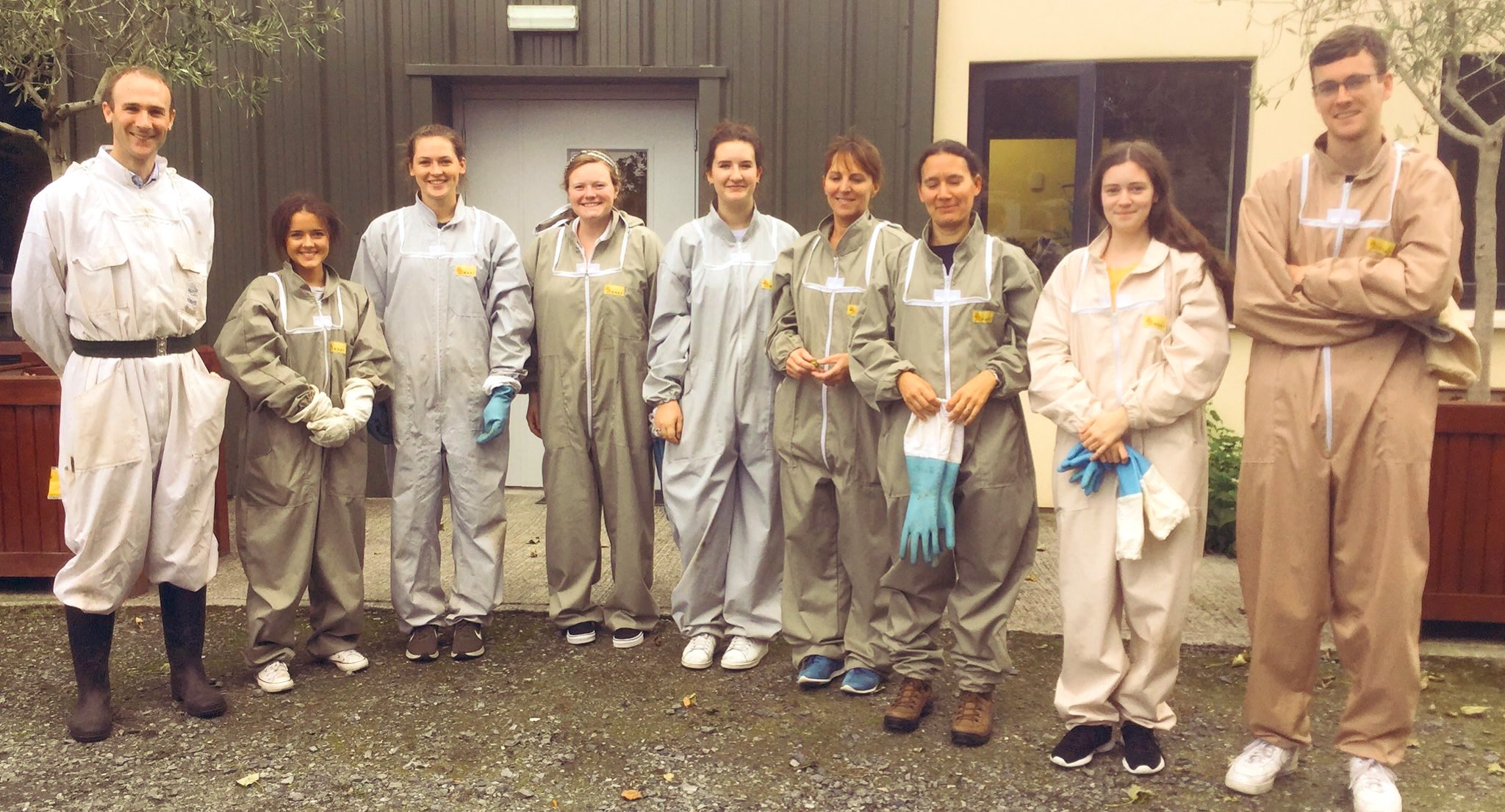 | 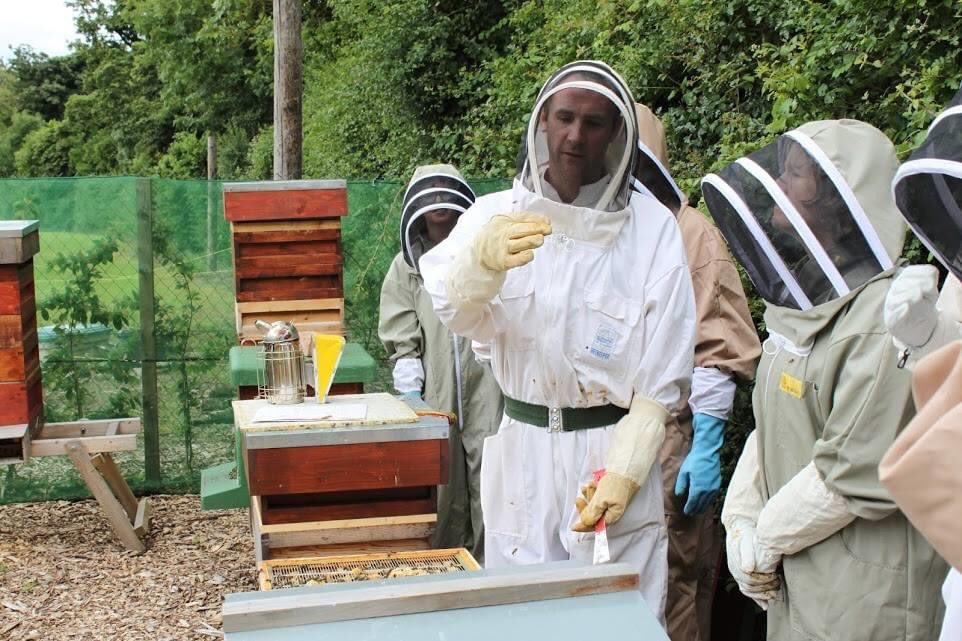 |
|---|
The apiary was established in 2014 as a SPARC project - an initiative by University College Dublin. Since then, it has become a valuable teaching resource for the module, Bees, Pollination and People, coordinated by Brian Tobin...
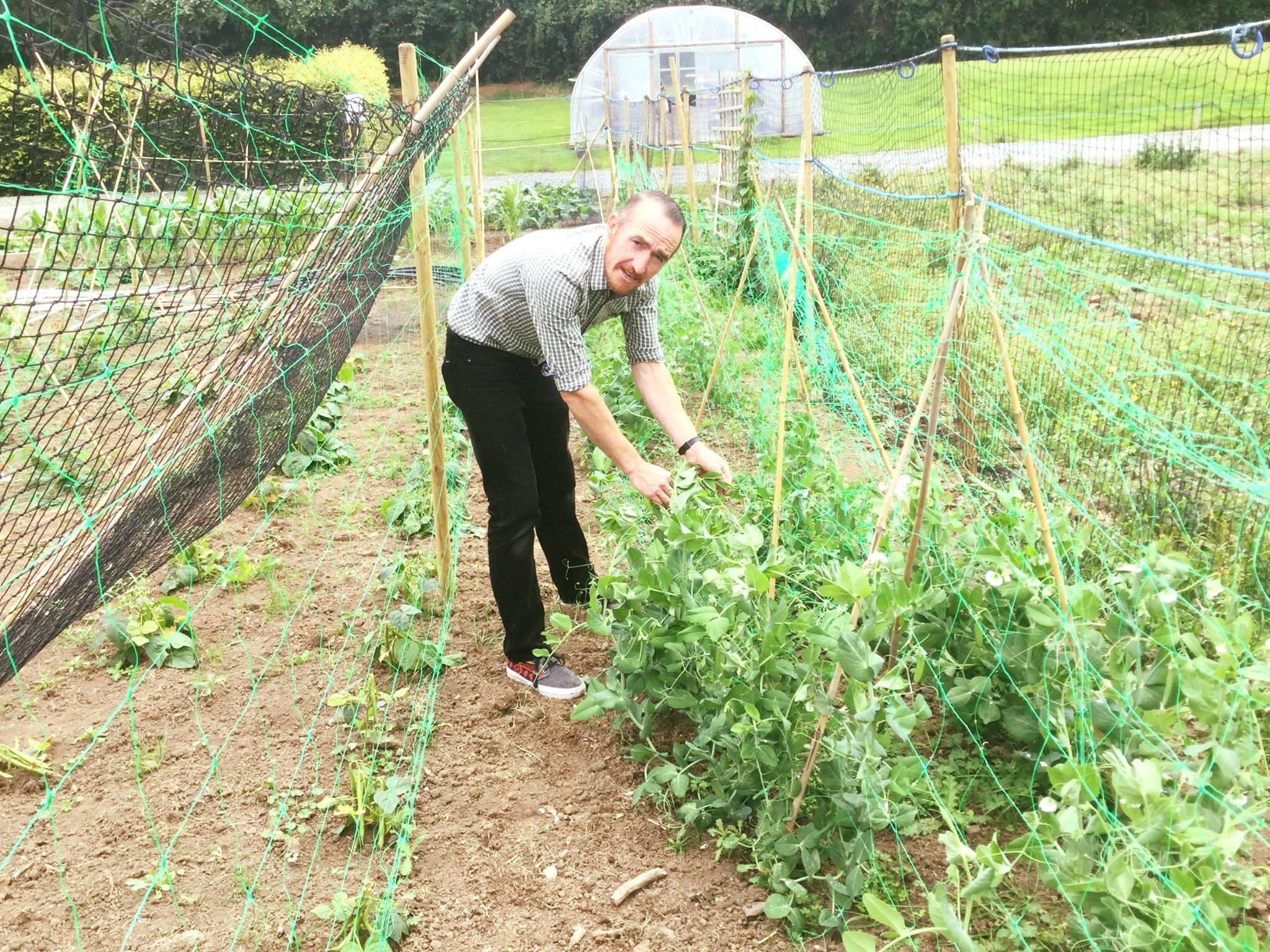 |  |
|---|
On to the gardens...we have two! The community garden was set up to allow staff from across the campus access to land on which they can grow their own food, but, more importantly, to take time out from their busy schedules to relax in an idyllic setting...
... While the UCD Horticultural Society Garden allows students from across Belfield the opportunity to get to grow their own food and meet new friends.

We’re now passing our new glasshouse on our left as we head towards the main glasshouse facility...
Used for both teaching and research purposes, this is where brilliant ideas are put into practice! From studying the genetic diversity of heritage barley for water logging tolerance...
...to investigating relationships between morphology and physiology in genetically diverse Sitka spruce as part of the Tree Improvement work package of the FORM project with UCD Forestry...
... to performing trials with fungal and bacterial endophytes in wheat to see if they are potential alleviators of drought stress or, indeed, confer bio stimulant properties.
Now to the PEAC facility - These 15 growth chambers allow researchers to conduct research in areas such as future crops and food security. Irish Phenology seeks to evaluate the significance of variations in the phenology of perennial rye grass in high CO2 environments
Amal Kahla is working on ‘Oats for the Future’ looking at the effects of T-2 and HT-2 toxins produced by Fusarium langsethiae, harmful to both humans and animals. She studies the effects of high CO2 on the resistance of oats to this fungus and its mycotoxins
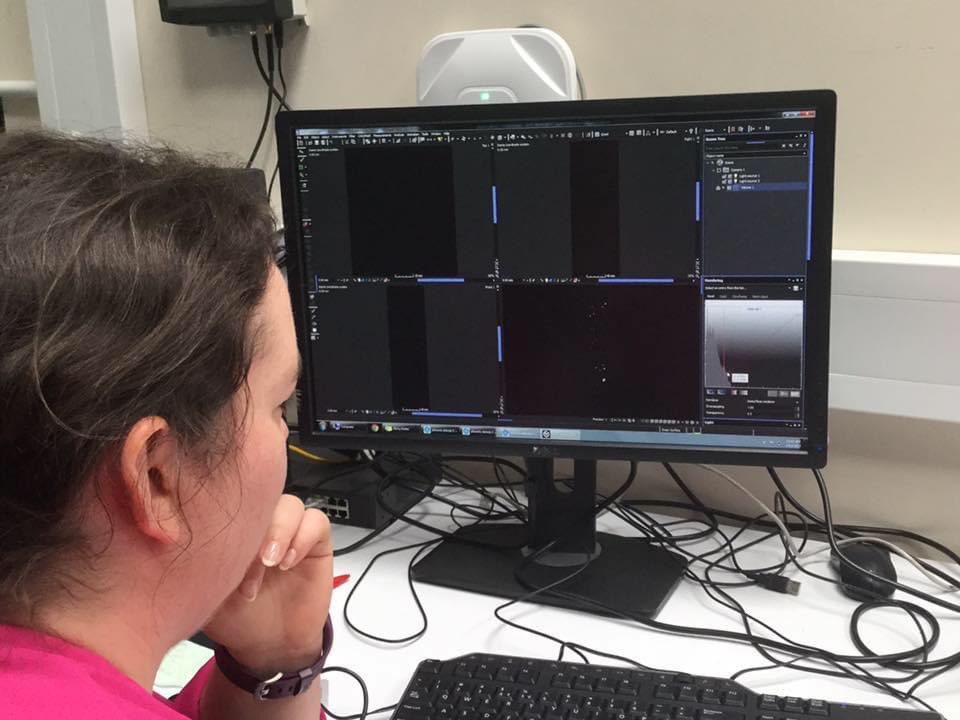 |  |
|---|
Saoirse Tracy runs the plant phenotyping suite and is engaged in looking at how plants grow in response to their physical environment. She uses state-of-the-art Nanotom and Vitomex instruments for her research.
 | 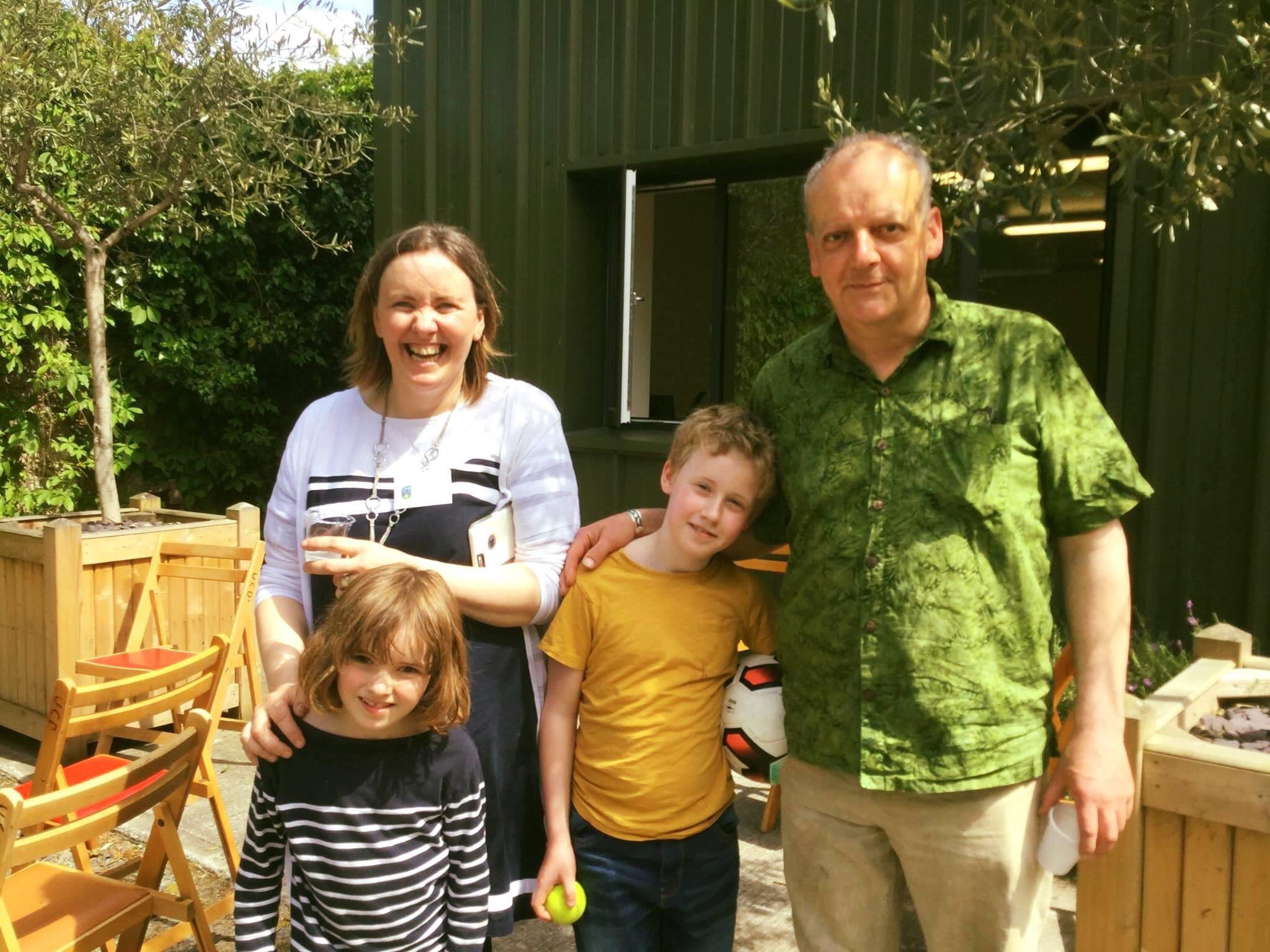 |
|---|
Our idyllic location allows us to host many events for our Schools and the greater UCD community. With conference dinners and BBQ’s a regular occurrence during fine weather, the facility is a hive of activity.
-380x285.jpg) | -383x287.jpg) |
|---|
Along with Mr David Brogan, we have another very important team member...Pushkin! This little guy undertakes many roles here at Rosemount: from being a savage security dog, to DJ, to financial controller to bird chaser! But, his favourite role by far is being a babe magnet to many adoring fans and bringing a smile to the faces of staff, students and visitors alike!
It’s time to say farewell. We hope you enjoyed your time with us and we hope you join us for a real tour of UCD Rosemount in the near future!
- Bredagh, David...and Pushkin!
